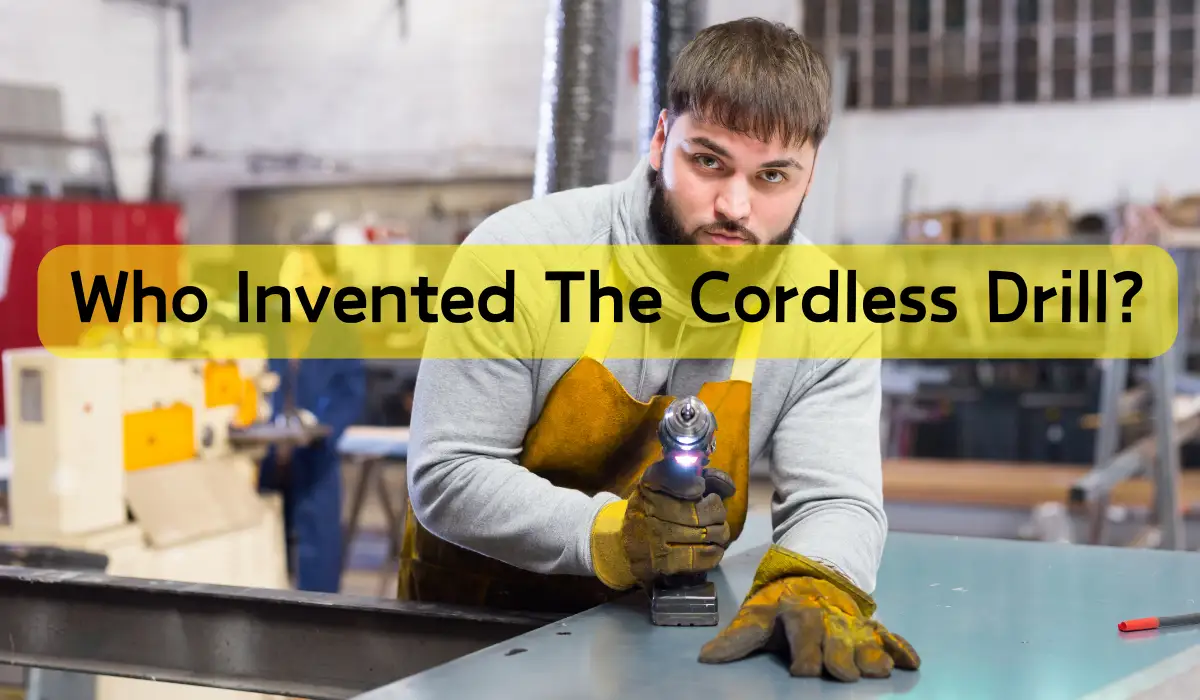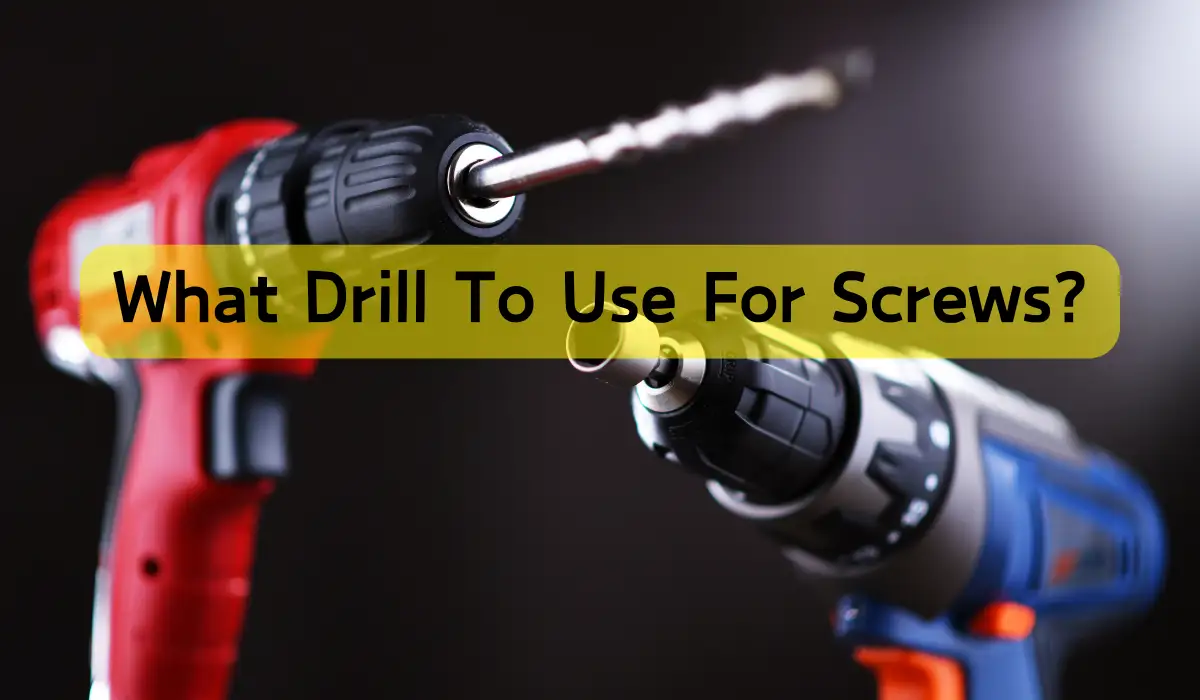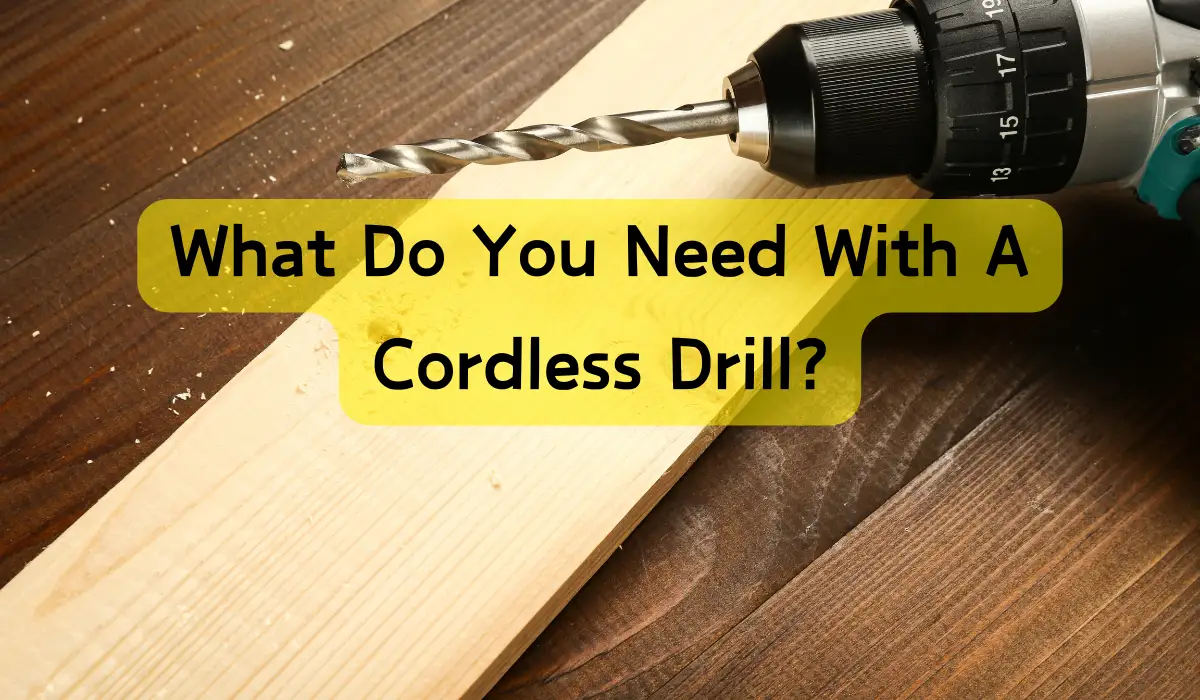You’re about to discover the inner workings of cordless power tools. It all starts with advanced lithium-ion batteries that store energy, boasting high power density and low self-discharge rates. These batteries power brushless motors, which convert electrical energy into motion using electromagnetic induction. The motor’s design regulates speed and torque, while the power transmission system converts energy into mechanical motion. As you use your tool, the battery’s energy is released, and when it’s time to recharge, clever circuitry facilitates safe and efficient charging. That’s just the beginning – as you explore further, you’ll uncover more innovative technologies that make cordless power tools so powerful and efficient.
Jump to
Key Takeaways
• Cordless power tools use lithium-ion batteries, which offer high energy density, low self-discharge rates, and long lifetimes.
• Electric motors convert battery energy into motion, with design based on electromagnetic induction principles.
• Power transmission systems convert motor energy into mechanical energy, with gears, bearings, and shafts working together to drive tool outputs.
• Chargers regulate battery charging safely and efficiently, preventing overcharging and ensuring consistent tool performance.
• Tool control systems govern operation, with features like speed regulation, overheat protection, and overload protection ensuring safe and efficient functioning.
Battery Technology Explained
You’ve likely noticed that cordless power tools have become increasingly powerful and efficient, and this is largely due to advancements in battery technology.
These advancements have enabled manufacturers to pack more power and runtime into smaller, lighter batteries. One key factor is the shift from nickel-cadmium (Ni-Cd) and nickel-metal hydride (NiMH) batteries to lithium-ion (Li-ion) batteries.
Li-ion batteries boast higher energy density, meaning they store more power per unit of weight and volume. This has led to significant improvements in tool performance and runtime.
Additionally, Li-ion batteries have lower self-discharge rates, which means they retain their charge longer when not in use.
In addition, advancements in battery management systems (BMS) have improved charging efficiency, reduced heat generation, and prevented overcharging.
As a result, cordless power tools can now tackle demanding tasks with ease, making them an essential part of many professionals’ and DIYers’ toolkits.
Electric Motor Principles
As you harness the power of cordless tools, it’s the electric motor inside that converts the battery’s energy into motion, making it a vital component of your toolkit.
The motor is a fundamental electromagnetic device that uses electrical energy to generate mechanical energy.
When you press the trigger, the battery’s voltage flows through the motor’s copper windings, creating a magnetic field.
This field interacts with the motor’s permanent magnets, producing torque that drives the motor’s rotation.
The motor’s design is based on the principle of electromagnetic induction, where an electric current generates a magnetic field.
As the motor spins, the magnetic field induces an electromotive force (EMF) that opposes the current flow.
This opposition, known as back-EMF, helps regulate the motor’s speed and prevent overheating.
The motor’s speed and torque are controlled by the amount of current flowing through the windings, allowing you to adjust the tool’s performance to suit your task.
Power Transmission Systems
With the electric motor generating power, the next essential step is to transmit this power efficiently to the tool’s functional components, which is where the power transmission system comes into play.
This system is responsible for converting the motor’s rotational energy into mechanical energy that drives the tool’s functional parts. In cordless power tools, the power transmission system typically consists of gears, bearings, and shafts that work together to transmit power from the motor to the tool’s output shaft.
As you use your cordless tool, the power transmission system facilitates that the motor’s power is delivered efficiently to the tool’s functional components, such as the drill bit or saw blade.
The system’s design and components play a vital role in determining the tool’s overall performance, speed, and torque. A well-designed power transmission system can markedly improve the tool’s efficiency, reducing energy losses and increasing its overall productivity.
Charging and Energy Storage
When you pick up your cordless power tool, the last thing you think about is the complex process that happens behind the scenes to keep it running, but it all starts with charging and energy storage.
The heart of this process is the battery, which is typically made up of multiple lithium-ion cells. These cells store electrical energy that’s released when you use your tool. The battery is designed to provide a consistent flow of power, guaranteeing your tool performs consistently.
When it’s time to recharge, you plug the tool into a charger, which supplies an electrical current to the battery.
The charger’s clever circuitry regulates the battery’s charging safely and efficiently. As the battery absorbs the energy, its cells begin to replenish, preparing your tool for its next task.
The charging process is carefully controlled to prevent overcharging, which can reduce the battery’s lifespan.
With a fully charged battery, you’re ready to tackle your next project, confident that your cordless power tool has the energy it needs to get the job done.
Tool Control and Safety
You expect your cordless power tool to respond instantly to your every command, and that’s exactly what it does, thanks to sophisticated tool control systems that govern its operation. These systems guarantee that the tool functions safely and efficiently, while also providing you with precise control over its operation.
One key aspect of tool control is speed regulation. This feature allows you to adjust the tool’s speed to suit the task at hand, facilitating that you get the best results. Additionally, many modern cordless power tools come equipped with advanced safety features, such as overheat protection and overload protection, which help prevent accidents and damage to the tool.
| Feature | Description |
|---|---|
| Speed Regulation | Allows for adjustable speed to suit the task |
| Overheat Protection | Prevents overheating and damage to the tool |
| Overload Protection | Prevents damage from excessive load |
| Soft-Start | Reduces initial torque and improves control |
Lithium-Ion Battery Advantages
Lithium-ion batteries have revolutionized the world of cordless power tools, offering unparalleled benefits that make them the go-to choice for professionals and DIYers alike.
They offer several advantages that improve the overall working experience.
First, lithium-ion batteries are incredibly lightweight and compact, making them easy to handle and maneuver.
You won’t feel weighed down or fatigued while working with them.
Additionally, they’ve a much higher energy density than other battery types, allowing them to pack more power per unit of weight and size.
This means you get more work done between charges.
Another significant advantage is their low self-discharge rate.
You can store them for extended periods without worrying about them losing their charge.
Plus, lithium-ion batteries have a longer lifespan, with some lasting up to 3,000 charge cycles or more.
This reduces waste and saves you money in the long run.
Brushless Motor Technology
Most cordless power tools today incorporate brushless motor technology, which has substantially enhanced their performance and efficiency.
You might wonder, what’s the big deal about brushless motors? To put it simply, they’re more efficient and reliable than their brushed counterparts.
In a brushed motor, the brushes wear out over time, causing the motor to slow down and eventually fail. Brushless motors, on the other hand, use electronic controllers to switch the direction of the current, eliminating the need for brushes.
This design change has a significant impact on performance. With a brushless motor, you’ll experience increased power, longer tool life, and reduced maintenance.
Additionally, brushless motors are more resistant to overheating, which means you can work for longer periods without interruptions.
Advancements in Ergonomic Design
Advancements in ergonomic design have led to cordless power tools that fit comfortably in your hand, reducing fatigue and allowing you to work longer without strain. This is achieved through careful consideration of factors such as grip shape, material, and weight distribution. As a result, you can work more efficiently and effectively, without feeling exhausted or uncomfortable.
| Feature | Benefit | Example |
|---|---|---|
| Contoured grip | Reduces slippage and fatigue | Rubberized grip on a cordless drill |
| Balanced weight | Decreases strain on wrist and arm | Even weight distribution in a cordless impact driver |
| Adjustable handle | Accommodates different hand sizes and preferences | Telescoping handle on a cordless reciprocating saw |
With ergonomic design, you can focus on the task at hand, rather than struggling with an uncomfortable tool. This leads to increased productivity and better results. Additionally, ergonomic design can reduce the risk of injury, allowing you to work safely and confidently. By considering the human factor in tool design, manufacturers have created cordless power tools that work with you, not against you.
Frequently Asked Questions
Can Cordless Power Tools Be Used in Explosive Environments?
You should exercise extreme caution when using cordless power tools in explosive environments. While they’re generally safer than corded tools, you still risk sparking, so guarantee you follow strict safety protocols and manufacturer guidelines to minimize risks.
How Do I Properly Dispose of Old Cordless Tool Batteries?
When disposing of old cordless tool batteries, you’ll want to tape the terminal ends to prevent short-circuiting, then recycle them at a local facility or participating retailer that accepts battery drop-offs.
Are Cordless Power Tools Suitable for Heavy Industrial Use?
You’re wondering if cordless power tools can handle heavy industrial use. The answer is yes, many modern cordless tools are designed to withstand demanding tasks, offering high torque and long runtime, making them suitable for industrial applications.
Can I Use a Cordless Power Tool in Extreme Temperatures?
You can use cordless power tools in extreme temperatures, but be cautious: high heat can drain batteries faster, while freezing temps can slow them down – check your tool’s temperature limits before use.
Do Cordless Power Tools Require Regular Maintenance?
You’ll want to maintain your cordless power tools regularly to guarantee top-notch performance and extend their lifespan. Check and clean the battery contacts, keep the tools dry, and store them in a cool place when not in use.




